Chard is native to the Mediterranean region. It is named ‘Swiss chard’ because it was first described by a Swiss botanist in the 16th century. The most familiar varieties of Swiss chard are the white stem and the beautiful ruby-red stem chard. Both types have large, veined, semi-crinkly dark leaves.
The tender young baby leaves can be used raw in green salads. They add a lively taste and colorful texture. The more mature leaves are usually cooked, braised, or sautéed.
Swiss chard leaves are an excellent source of vitamins C, A and K, and are also rich in the B-complex group of vitamins. The leaves also offer a high level of several important minerals such as copper, calcium, sodium, potassium, iron, manganese and phosphorus.
Chard is best used as soon as possible after harvesting. It will keep best if wrapped in a damp towel or placed in a plastic bag and stored in the hydrator drawer of the refrigerator. Use within 1-2 days.
Swiss chard can be used in any recipe calling for spinach, such as quiches, lasagna, omelets, etc. It is also excellent in stir-fries or soups-add it during the last few minutes of cooking time.
To prepare, wash as you would wash spinach leaves, by swishing them in a cool water bath and allowing any sand and soil particles to float away. Blot dry. Remove the stems from larger leaves to cook separately. Chop leaves and stems diagonally across the leaf. Stems can be cut into 1-inch chunks and leaves into ribbon-like strips. Stem pieces should be steamed for 8-10 minutes, and the leaves for 4-6 minutes. The steamed chard leaves can be tossed with a little olive oil, lemon juice, salt and pepper. Try an Asian flavor, by tossing with toasted sesame oil, rice vinegar, and soy sauce. Or sauté the leaves in garlic butter for a few minutes. Add a little onion for additional flavor.





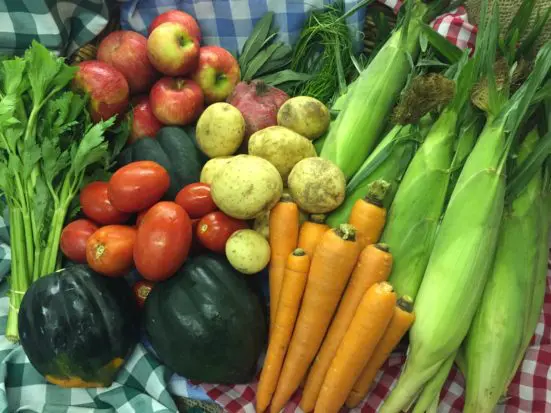
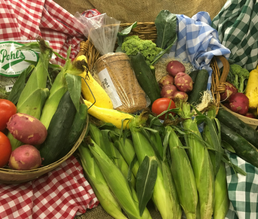








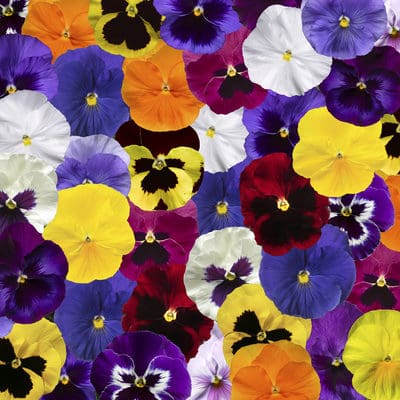




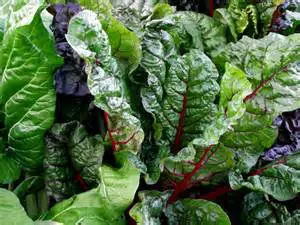

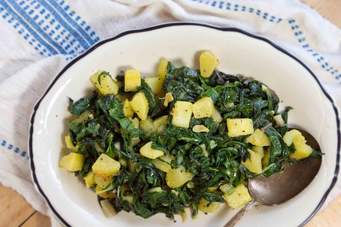
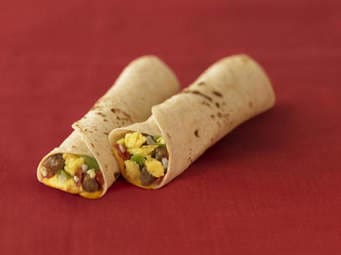
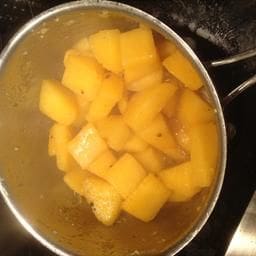
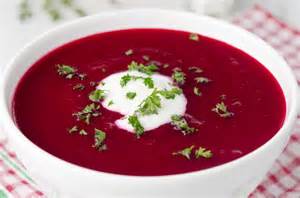


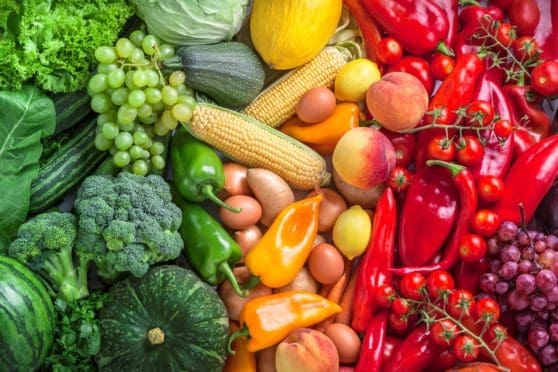

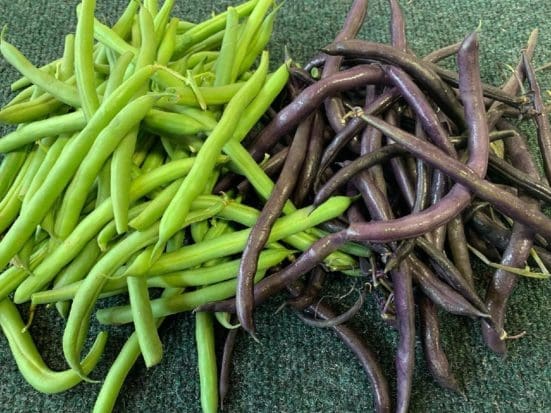

0 Comments